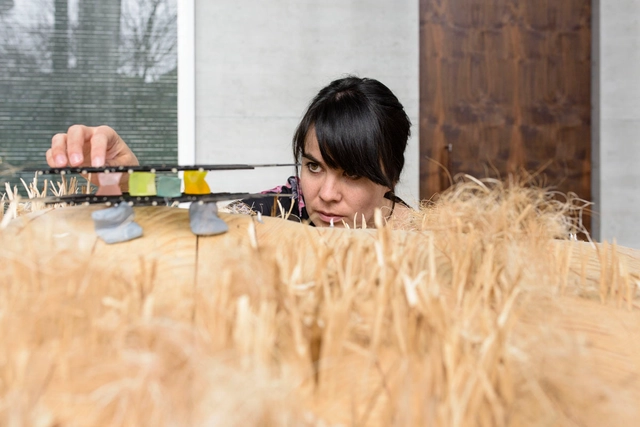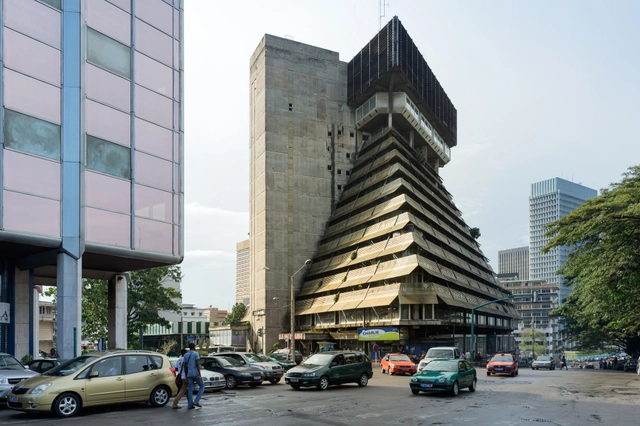.jpg?1460552034&format=webp&width=640&height=580)
In recent years, it's been no secret that Dubai has been attempting to diversify its industries, as the city moves on from being an oil-based economy. In this article, originally published by Metropolis Magazine as "Dubai: Making a Creative Capital from Scratch," Ali Morris investigates how the city is building its own design district to rival London or New York - and doing so despite starting from almost nothing.
In cities where a faded industrial area exists, a creative community often follows. It’s a well-established cycle of urban regeneration that has played out in Berlin, London, and New York. Attracted by cheap rent and large, empty spaces, the creatives come, building up areas with independent cafés and stores before inevitably being priced out of the market by the very gentrification they helped to bring about.
So what happens in a city so young that it doesn’t have a dilapidated area for the creatives to occupy? When the city in question is Dubai, which was still just a desert fishing settlement until around the 1960s, you build it from scratch, of course. With the second part of a three-phase build unveiled last year, Dubai Design District (known as d3) is a sprawling 15.5-million-square-foot (1.4 million square meter) development located in a desert plot on the eastern edge of the city. Circled by multilane highways and located between downtown Dubai and a wildlife reserve, d3 has been masterminded as a framework from which to grow and sustain a new design ecosystem.



.jpg?1460552272)
.jpg?1460552021)
.jpg?1460552010)

.jpg?1460552034)





















.jpg?1438347714)
.jpg?1438347662)



























